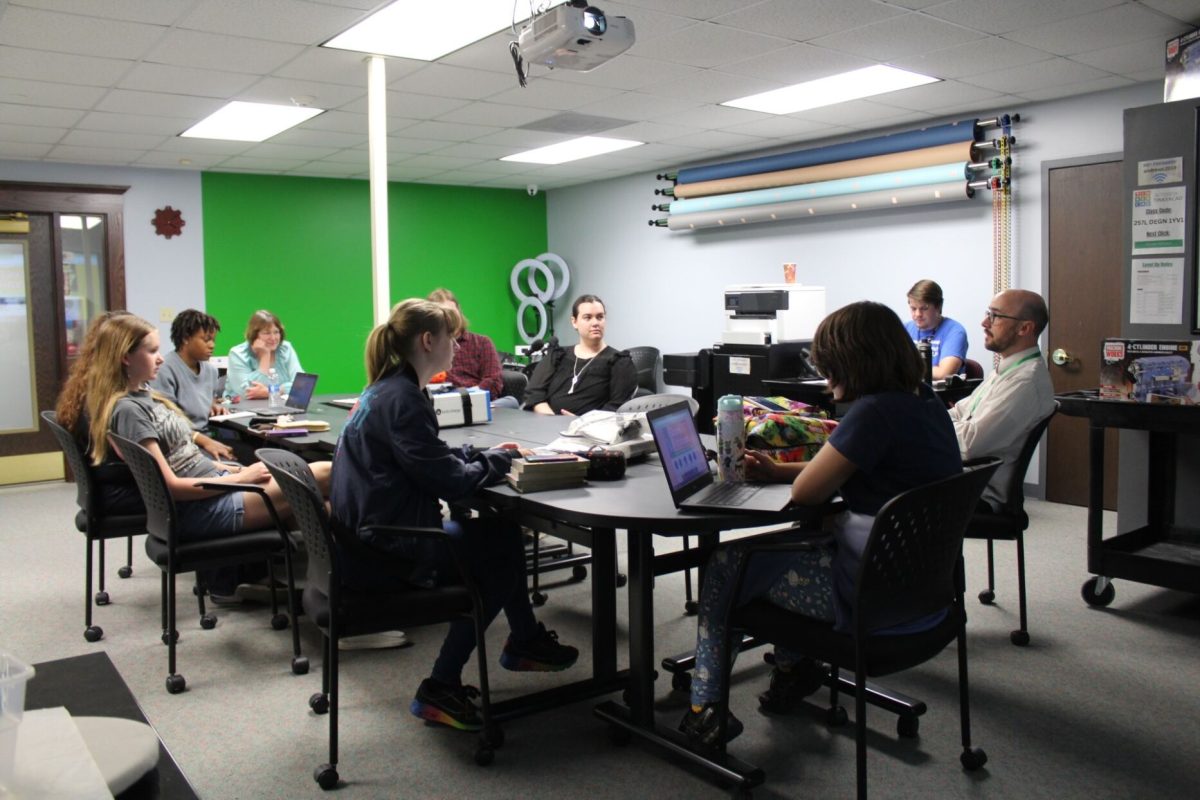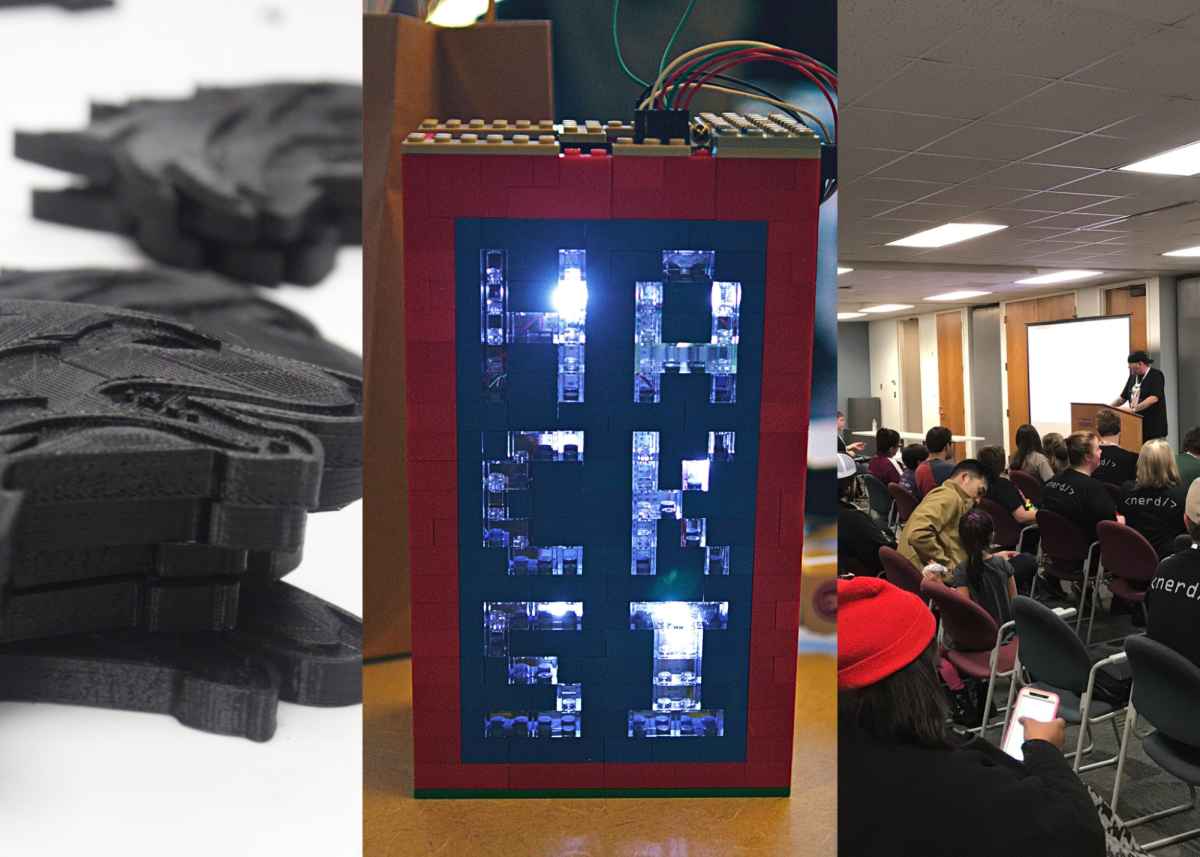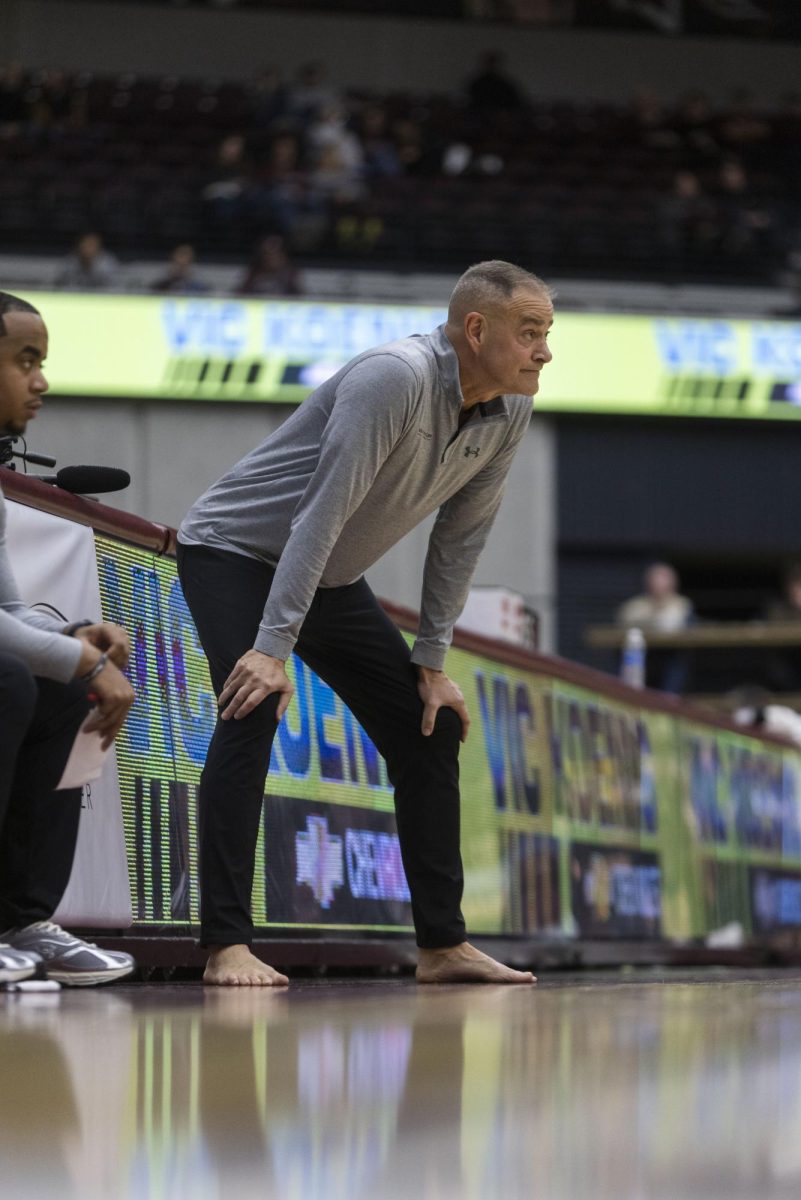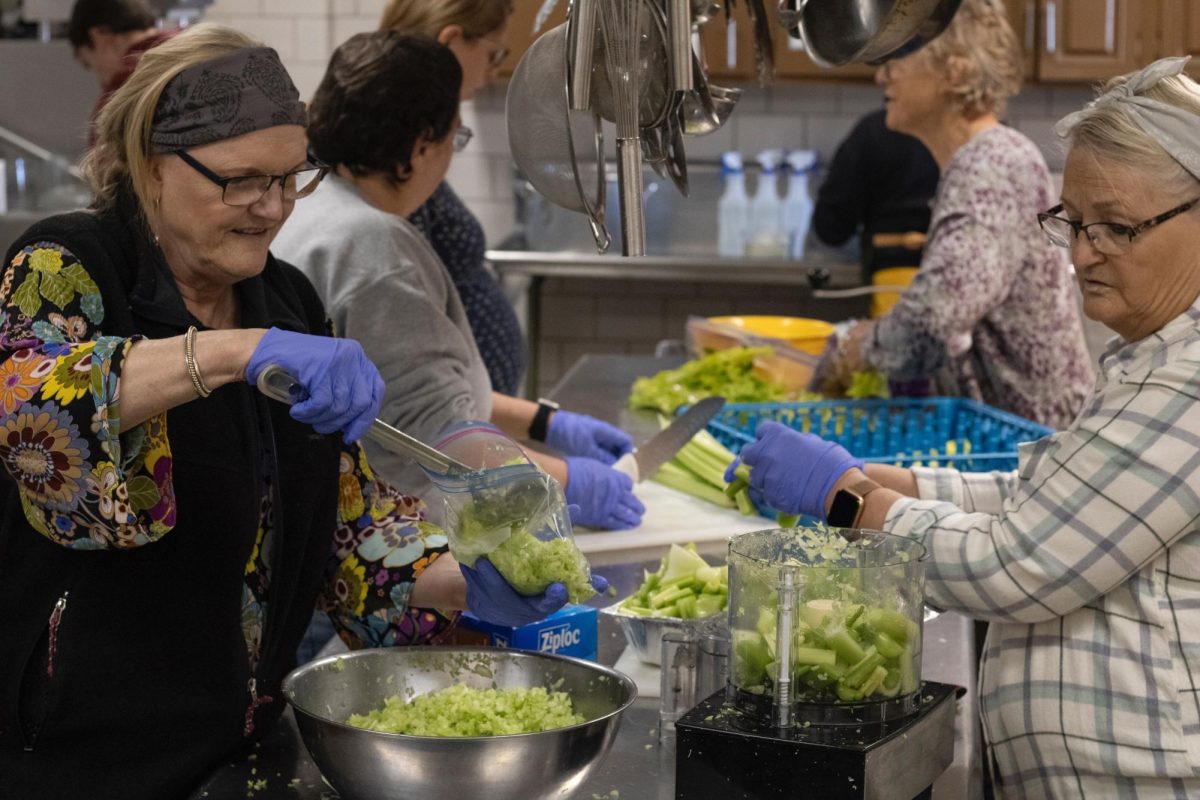A quivering pencil, tightly clasped into the palm of nervous test taker. Trembling fingers latching on to the imprint of an orange number 2 emblem, with the fate of one’s future seemingly depending on whether or not empty bubbles are filled in correctly. Sleepless nights precede the dreaded three-hour exam, along with the worry of score expectations being met, and college dreams fulfilled.
For several decades, the Scholastic Aptitude Test – more widely known as the SAT – has heavily dictated the hopes of teenage students looking to further their education after graduating high school. The test, taken during one’s junior year, was designed as a way to measure the knowledge students have gained, as an indication of their college readiness.
It is broken up into a math section and an evidence-based reading and writing section. When Illinois switched to SAT as its primary exam seven years ago, new fears arose regarding what this would mean for the long preparation students would need to endure, and whether it was truly necessary for gauge success in college classes.
Advertisement
“I felt the heavy pressure that my future would be over if I didn’t get a high enough score,” said Sereen Safi, a senior at Carl Sandburg High School.
Safi recounts spending countless hours on her own time shuffling through old assignments, and even taking practice exams online to prepare. With dozens of homework assignments and quizzes still being thrown her way that school year, she felt it was difficult to concentrate on reviewing for the most important test in her life.
“With all the homework we had still being assigned, the SAT became hard to focus on getting ready for,” Safi admits.
From her early childhood into her adolescent years, Safi had never been a great test taker. She felt as though she understood a decent amount of the material but was never able to show just how much she knew.
“I definitely had test taking anxiety,” confessed Safi, “I would do well on day-to-day assignments at school but would find myself making stupid mistakes on tests.”
Along with the mental hurdle the SAT presented, she never had special days allocated towards getting ready for the exam specifically.
“We had no real prep days in any of my classes,” she said, “and any scores we got on practice exams were never addressed.”
Advertisement*
In understanding Safi’s frustration, it is worth noting that being a junior in high school already presents stresses too high to count. Going through years of intense honors and Advanced Placement classes had left Safi feeling drained when it came time to take the exam in April 2023. For Safi, the issue wasn’t so much the content of the exam as it was the way questions were presented.
“I felt there was no true way to prepare because the wording on the SAT wasn’t the same as I was used to seeing in my everyday classes,” she stated.
Having seen the common core curriculum evolve throughout her schooling years, she witnessed firsthand the complicated methods teachers were having students use to solve problems in her math classes. From learning how to solve long division problems to figuring out the complexities of geometric shapes, the ways she was taught to go about answering these questions often seemed inefficient.
“Teachers had to change the way division was taught, so new methods were implemented,” Safi said, “but the traditional ways of solving these math problems were so much easier.”
She believed, with the school system constantly trying to evolve its curriculum, the system ended up overcomplicating it and making it way too time consuming, especially compared to the way her older cousins had learned to solve the same math problems.
Yasmine Monsour, a 2021 graduate of Lincoln Way Central High School, had the opportunity to take an SAT prep class leading up to the big test.
“The class taught us different tips and tricks for finding the correct answer for several subjects covered on the exam,” Monsour said.
Like Safi, Monsour felt the pressure from her teachers, being overwhelmed in the days leading up to the SAT.
“They made it such a big deal, as if your college future is over if you don’t get a high score on the test,” she said.
The writing portion at the end of the exam was particularly problematic.
“They grade the essays differently than how we learned to write in class, which is why my teachers mainly focused on the essay portion than any other.”
Wendy Moss, an English teacher at Carl Sandburg High School, believes there needs to be more attention placed on reading practice when it comes to her school’s curriculum, especially when it comes to students preparing to study for the SAT.
“In reading comprehension, I feel like students need to re-read something multiple times before they understand what they are reading.” She adds, “We need to add more reading into the curriculum, especially since Covid set everyone behind.”
Moss believes the SAT isn’t necessarily an accurate measure of students’ knowledge.
“It can show students’ perseverance and how serious they take things, but it really depends on the student; some test well and some don’t, and that’s okay.”
While Moss does her best to get her students ready for the test, she recommends students make the most of online preparation sites on their own time to get more acquainted with topics covered.
“There isn’t a set unit for preparing; I take the time where I include questions on my tests/quizzes that might be seen on the SAT,” Moss said. “I think students would also benefit from more preparation being done in classrooms,”
A Schoolaro analysis done of the average score by each student who took the test in 2023 revealed that Illinois ranked near the lowest of all states. Illinois had the eighth worst SAT performance nationwide, with an average score of 970.
Many colleges and universities recommend students aim for 1200, with 1040 being the national average score. Since the pandemic, learning pertinent information has been a challenge for many students, with the shift to e-learning and lack of individual one-on-one time for help.
High school grade point averages have been shown to be more indicative of college graduation than standardized test scores. A study done by Educational Research of students who graduated from Chicago Public Schools and ended up going to a 4 year college revealed higher GPAs correlated with a higher chance of students graduating.
This is because high school GPA “measures a wider variety of skills” rather than focusing on the test taking ability of a student during a single three-hour period. It is more difficult to predict students’ college success from one isolated test, research shows.
In recent years, many colleges and universities have made submitting ACT and SAT scores optional, solely requiring students’ high school transcript. At Carbondale’s Southern Illinois University – one of many schools who have made submitting test scores optional – the admissions department believes other factors are just as important, if not more, than an SAT score.
SIU, along with many other universities and colleges, considers volunteer work and extra-curricular activities when admitting students. This has surely eased the stress of many incoming college students, who used to have to rely greatly on high test scores for financial aid offers and scholarships.
“Our students are more than a test score,” said SIU admissions officer Julie Strauss.
Applying to colleges presents a myriad of stresses for high school students, who face uncertain futures and academic pressure. Teenagers are not defined by a number they receive on one exam, and their futures shouldn’t be shaped by how good they are at test taking. Being in a completely silent environment for several hours knowing they are being pitted against every one of their peers vying for college admission creates a distressing environment, making it inconducive to desired test results.
Critics of the test say making ACT/SAT optional for some colleges is a step in the right direction, but some believe it is the responsibility of schools to better ensure students feel more ready.
“More time needs to be utilized in class for specific studying with reviewing content and question format,” said Safi, who is set to begin her freshman year at Moraine Valley Community College this spring.
An ever-evolving curriculum can make it difficult for students to master one consistent way of learning throughout their schooling years. With three younger siblings, the trajectory of current teaching methods has Safi hesitant about the future of her brothers and sister.
“The format is constantly changing, and I really don’t know what learning in school will look like for my little siblings as they get older.”
Advertisement



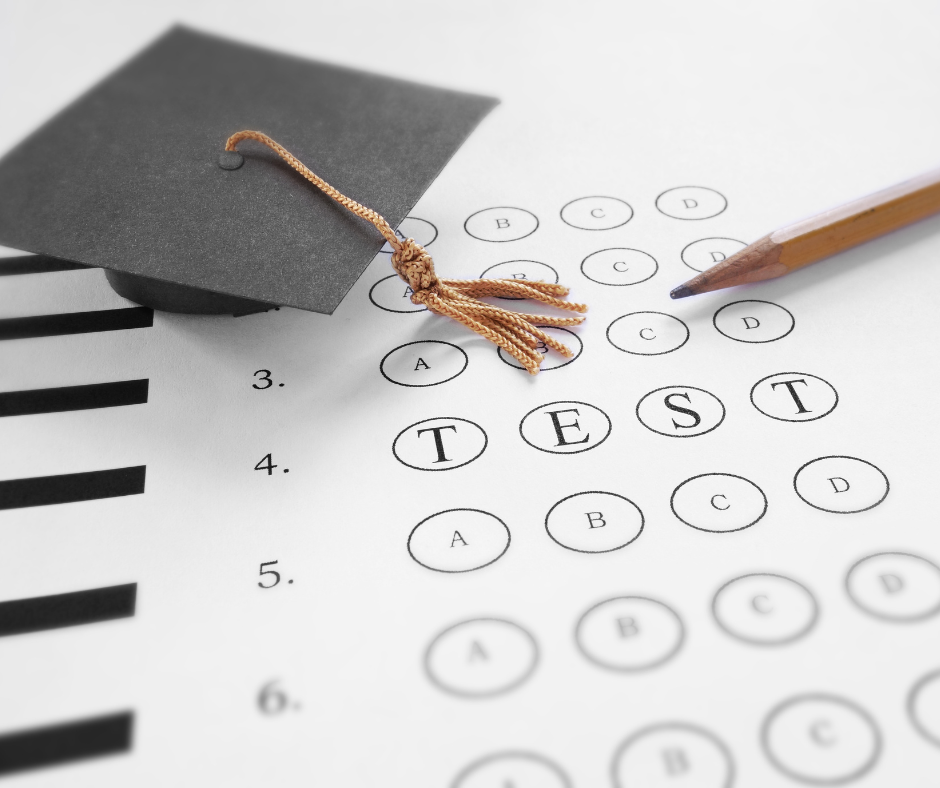




![Scott Hamilton, a part of the SIU research team, shows Zachary Gutenkauf and Jennifer Pierce supplies they will be using during their NASA research in the Life Science III building at SIU Nov. 8, 2021 in Carbondale, Illinois. “There are three phases to the overall competition Phase One is basically to show that your idea has merit. Phase Two is to show that all pieces of the idea work and construct each one [idea] and Phase Three is to integrate them into one continuous device,” professor in geology, Ken B. Anderson said.](https://dailyegyptian.com/wp-content/uploads/2021/11/NASAresearch3-900x710.jpg)
